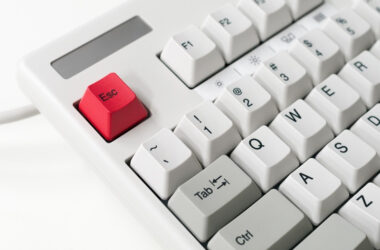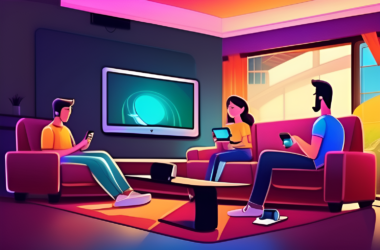This holiday season, my parents were quite nostalgic for the old country (for us, that would be Hong Kong), having just returned from a month-long trip there. They were missing the food, the useless crap they sell on the streets, and even the television channels. When they got back, they were bugging me about getting something that would at least let them live a past life vicariously through channel surfing.
The hardware is unimaginatively dubbed the TVpad, and it’s a custom build of Android running inside an Apple TV chassis whose main claim to fame is the ability to connect to Asian servers which aggregate and stream Asian content. This Frankensteinian product could only come from China.
Questionable legality aside1, as I’ve been living in the silicon valley bubble of well-designed software products for a while, setting up the TVpad has easily been one of the more frustrating experiences in recent memory. The preverbal icing on the cake was when my dad had to call me on three separate occasions the day after I hooked up the system to ask how to work the thing.
Some of its grievances:
- It takes a good minute to boot, and another 15-30 seconds to “log in” the user. There is no explanation of what the user is or does (I didn’t have to set it up), and the system will tell you via timing out for another two minutes or so if you’re not logged in.
- My TVpad didn’t come with Wifi, so I made do with a USB adapter I had lying around. The options they provided for wifi connectivity was limited (e.g., I couldn’t manually enter a SSID as I didn’t broadcast my network), and the password input is shown in plaintext with a plain onscreen keyboard: defaults to all caps, goes into Chinese characters for no good reason, and has no action (OK, Cancel, etc.) buttons. It takes a minute to confirm the settings update, but testing the connection is of course another menu option a level up.
- In fact, every action taken on the TVpad took anywhere from 5 seconds to a minute or more. Now, I know the thing runs on underpowered hardware and is connecting to servers half a world away, but navigating menus, at 720p, should be possible without massive latencies. For a less technical user like my dad, the complete lack of feedback made everything take 3x as long.
- The apps were also cobbled together from disparate interface elements, some of which are Android-UI based and others presumably Apple TV-inspired. It was a collage of UI elements that was shoved inside of a page by someone who didn’t understand their usage: buttons were misaligned and moved around; tabs were sometimes for drilling into a category, sometimes acting as a filter, and other times for sorting a list; mystery-meat navigation surfaced on the remote control, as various buttons2 surfaced functionality that was not shown anywhere and could not be accessed via any other means.
I’d like for the lesson to be that user experience matters and that we have come a long ways in making well-designed, beloved products. The observations here, though, actually point to the opposite: given enough value, bad design can be overlooked and users will willingly struggle to use a product if it does what they want. Design can be a differentiator, but only so long as the product is solving a problem. As much as I hate to say it, the TVpad uses like a turd but sells like toilet paper.
And I mean that sincerely; I’m not sure what the laws of rebroadcasting and redistribution of television is like in China, although the reality is that governments and companies are resorting to launching PR campaigns regardless of whether a law is in place.↩
The remote is your generic television remote from the 90s, in stark contrast to the slick TVpad box itself.↩


